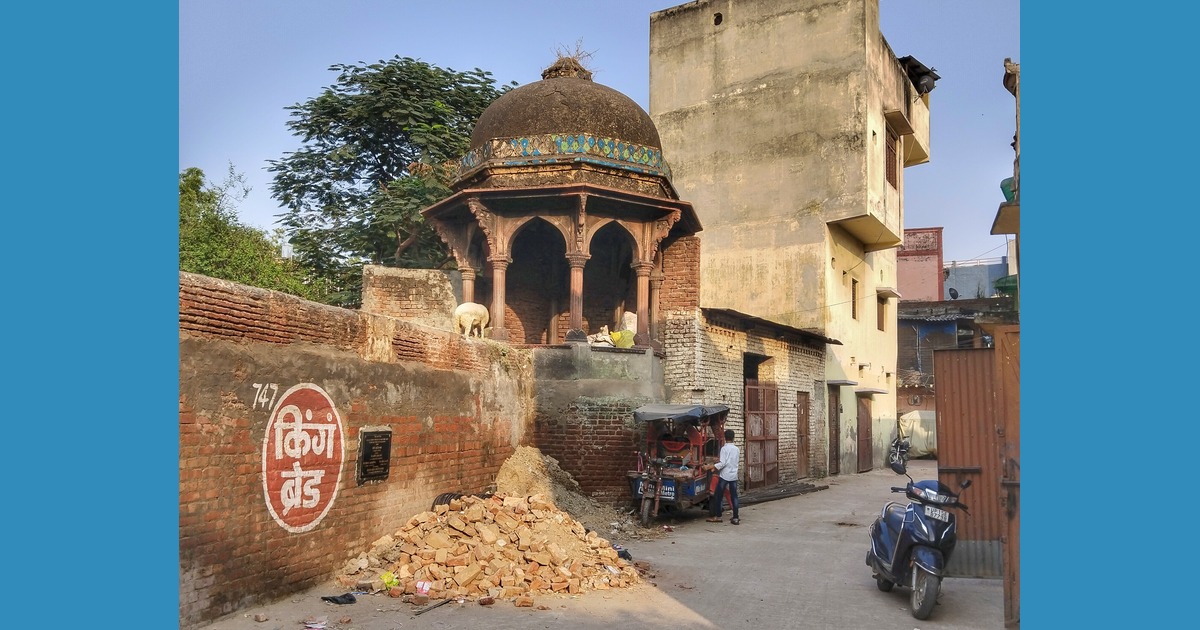
Israel-Hamas Conflict: How Watermelon Became an Icon of Palestinian Resistance
In the context of Palestinian resistance, one unexpected yet potent emblem emerges: the watermelon. While seemingly innocuous, this humble fruit has been imbued with profound significance, serving as a multifaceted representation of Palestinian resilience, identity, and resistance against occupation.
As the Israeli assault on Gaza continues, watermelon has increasingly become a symbol of the Palestinian cause especially since the green, red and black colours of the fruit resembles the colours of the Palestinian flag.
The history of watermelon in Palestine traces back centuries, intertwining with the region's agricultural heritage and cultural traditions. Indigenous to Africa, watermelon found its way to Palestine through trade routes, becoming an integral part of Palestinian agriculture and cuisine. Over time, it became not only a staple food but also a symbol of hospitality and shared communal life.
However, the significance of watermelon transcends its culinary role. Throughout history, Palestinians have utilized symbols to assert their identity and resistance against oppression. From the keffiyeh to the olive tree, each symbol carries layers of meaning that resonate deeply within Palestinian society. In this context, the watermelon has emerged as a powerful metaphor for resilience in the face of adversity.
The watermelon's resilience mirrors the resilience of the Palestinian people themselves. Despite facing numerous challenges, including displacement, dispossession, and occupation, Palestinians have persevered, cultivating a sense of collective strength and solidarity. Just as the watermelon thrives in arid conditions, Palestinians have shown remarkable resilience in the face of adversity, refusing to be uprooted or silenced.
Beyond its cultural and historical significance, the watermelon has taken on a distinctly political dimension in the context of Palestinian resistance. Its green exterior and red interior with black seeds have been likened to the colors of the Palestinian flag, symbolizing the connection between the land and its people.
In recent years, the fruit has been used as a form of protest and solidarity. From watermelon-themed art installations to social media campaigns, Palestinians have embraced it as a symbol of resistance against Israeli occupation and colonization.
However, it is essential to approach the use of watermelon symbolism with sensitivity and nuance, acknowledging the complexities of Palestinian identity and the multifaceted nature of resistance.
It is crucial to recognise the complexities and challenges inherent in using symbols such as watermelon in political discourse, ensuring that they are deployed thoughtfully and respectfully in service of the Palestinian cause. Ultimately, the watermelon stands as a testament to the enduring power of symbols to galvanize collective action and inspire hope in the face of adversity.
Popular Categories
Read More Articles
Travel and Tourism
Meerut’s vanishing heritage: Why its mughal treasures are crumbling away by Mohammed M. Raza November 19, 2025Business
Hafele Valeriya Dishwasher: The New Standard in Kitchen Hygiene by Awadh 360° Desk November 14, 2025Entertainment
Banaras gave me the notes, Bhatkhande polished them: Bhojpuri singer Sarita Tiwari by Awadh 360° Desk November 10, 2025Travel and Tourism
Statue of Unity Sets New Tourist Footfall Record as PM Modi Hails Vallabhbhai Patel's Legacy by Awadh 360° Desk October 31, 2025



